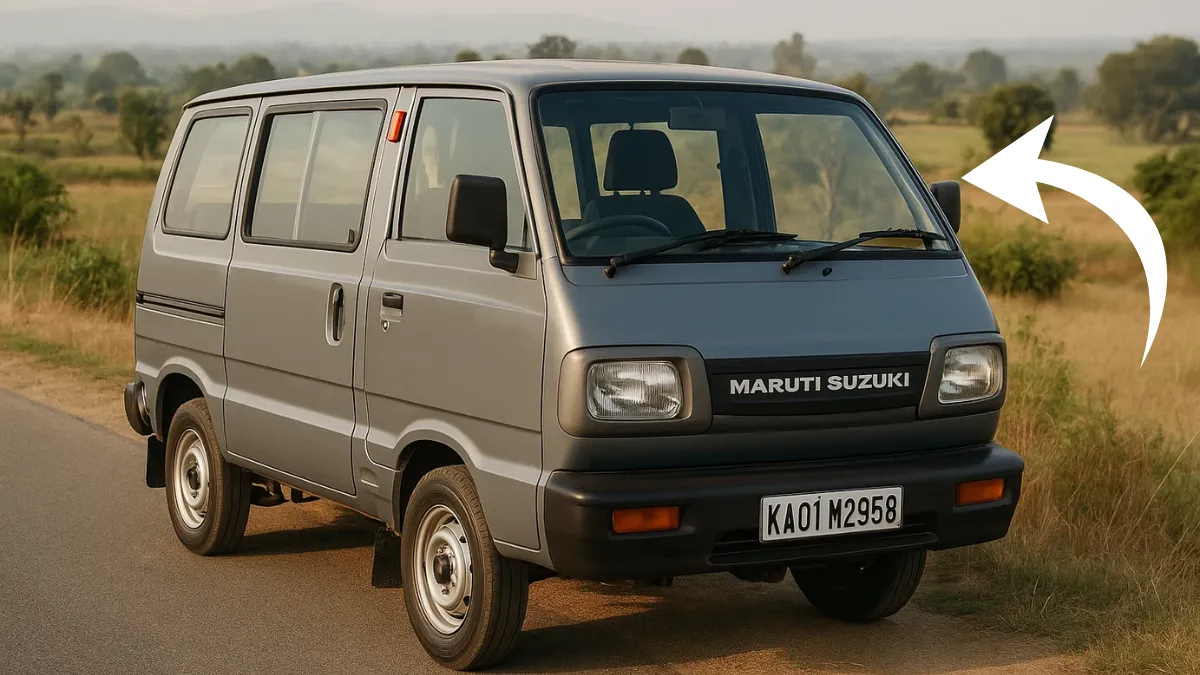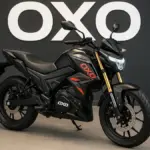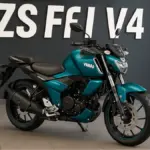When we talk about Indian automobiles that have left a lasting impression, the Maruti Suzuki Omni stands tall among the most iconic. Introduced in 1984, the Omni was one of the earliest multipurpose vans in the country, catering to families, businesses, and even medical services. Its affordability, simple mechanics, and versatile design made it a household name across India for decades. Even though it has been discontinued, the Omni continues to remain etched in the memories of millions.
Origins and Popularity
Maruti Suzuki launched the Omni in the mid-80s as a small, affordable van. At a time when the Indian car market offered very limited choices, the Omni brought something entirely new—a compact van with spacious interiors. It quickly became popular with middle-class families who wanted a vehicle that could comfortably seat five to eight people without being too expensive to buy or maintain.
Design and Space
The Omni’s design was simple yet functional. With its boxy shape and sliding doors, it became instantly recognizable on Indian roads. The van had a flat front and a tall roofline, which allowed maximum interior space. Despite being compact in length, it could easily carry large families or heavy loads, making it a true multipurpose vehicle. Over time, Maruti Suzuki introduced several variants, including the Omni E, Omni Cargo, and even an ambulance version.
Performance and Engine
The Omni was powered by a small but efficient 796cc three-cylinder petrol engine, the same engine that powered the legendary Maruti 800. While it wasn’t designed for high speed, the van delivered excellent fuel efficiency and reliable performance. Its lightweight structure made it easy to drive in congested city roads and narrow lanes, which further boosted its practicality.
Utility and Versatility
What made the Omni truly special was its versatility. It was used as a family car, a school van, a goods carrier, and even as an ambulance. Businesses loved it for its cargo capacity, while families cherished its affordability and utility. For decades, the Omni was also the backbone of small-town transportation, with many local taxi and delivery services relying on it.
Safety and Limitations
One of the major criticisms of the Omni was its safety. The flat-nose design left little protection for the driver in case of a collision. Over the years, stricter safety regulations made it difficult for the Omni to continue in production. In 2019, Maruti Suzuki finally discontinued the model, ending an era of one of India’s most recognizable vehicles.
Legacy and Cultural Impact
Despite its limitations, the Omni’s legacy remains unmatched. It was a car that truly served “India on wheels.” From urban families to rural businesses, from schools to hospitals, the Omni touched every corner of Indian life. Its affordability, easy maintenance, and multipurpose utility made it more than just a vehicle—it became a cultural icon.
Conclusion
The Maruti Suzuki Omni may no longer be on sale, but its presence is still felt on Indian roads. Its practicality, versatility, and iconic design have secured it a permanent place in India’s automotive history. For many, it was their first family vehicle, and for others, it was the backbone of their livelihood. The Omni was not just a van—it was a symbol of India’s growing mobility and aspirations.
Maruti Suzuki Omni Highlight Table
| Feature / Aspect | Highlights |
|---|---|
| Launch Year | 1984 |
| Body Type | Multipurpose Van (MPV) |
| Design | Boxy shape, sliding doors, flat front, tall roofline |
| Seating Capacity | 5 to 8 passengers depending on variant |
| Engine | 796cc, 3-cylinder petrol engine |
| Performance | Moderate speed, excellent fuel efficiency, reliable for city roads |
| Variants | Omni E, Omni Cargo, Omni Ambulance |
| Utility | Family car, school van, goods carrier, ambulance, taxi, delivery vehicle |
| Safety | Minimal protection due to flat-nose design |
| Discontinuation | 2019 (due to stricter safety regulations) |
| Legacy | Affordable, practical, cultural icon for Indian families and businesses |







